Enjoy!
~Mandrew
Origin of Coffee
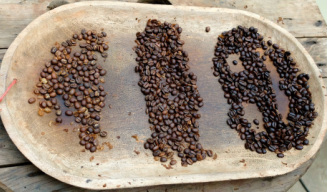 light, medium, and a happy dark roast
light, medium, and a happy dark roast Sometime in the ninth century A.D., an Ethiopian goat-herder named Kaldi noticed that, after eating a certain plant, his goats behaved quite strangely, running and jumping around all nimbly-bimbly. Thinking that he’d be able to get the same kind of energy boost (or maybe just wanting to get high), Kaldi decided to try it for himself. First, he tried munching on some of the berries, but found that they were too bitter. He then tried chewing on some of the leaves, but quickly found them to be too tough and waxy to continue. Next, he got the bright idea of brewing a tea from the leaves, but alas that, too, tasted like crap. In a fit of hopeless rage, Kaldi tore up the plants and cast them into his fire. A few minutes later, however, he noticed that the burnt plants smelled damn good, and after some investigating found that it was the roasted berries that were releasing the fantastic aroma. He ground up some of these roasted berries and steeped them in hot water, and instantly became the happiest man in Ethiopia.
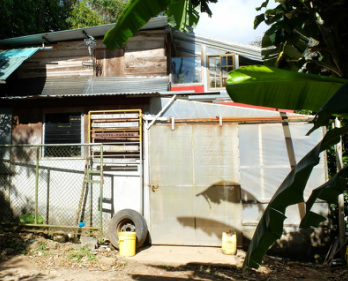 the shack where all the magic happens
the shack where all the magic happens Growing
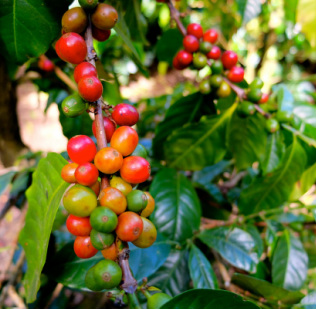 beautiful coffee twig & berries
beautiful coffee twig & berries Picking
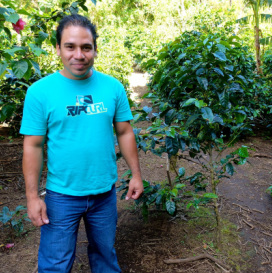 a short man near a coffee plant
a short man near a coffee plant All berries start green, and depending on the variety turn red or yellow when ripe. A ripe coffee berry has a soft outer skin and pulp, and typically contains two hard seeds. These seeds are much smaller than those in the roast coffee we’re used to seeing, and upon having a taste I can agree with our old friend Kaldi – no thanks!
removing skin & pulp
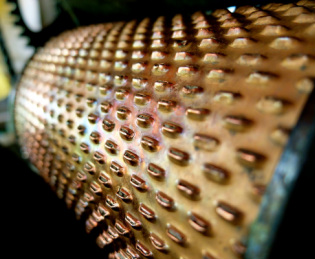 the skin removing machine
the skin removing machine Sorting & Washing
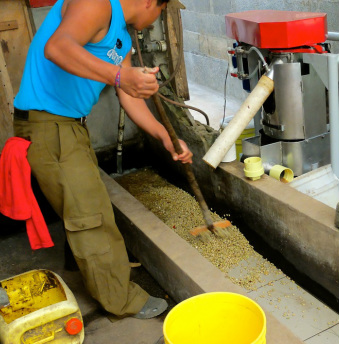 mixing after 2nd skinning - HURRY! HARD!!
mixing after 2nd skinning - HURRY! HARD!! 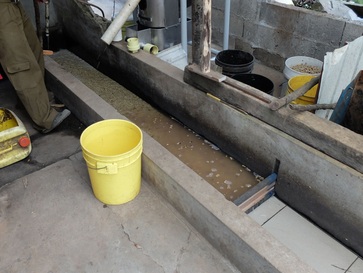 the first stage of the coffee canal
the first stage of the coffee canal Drying
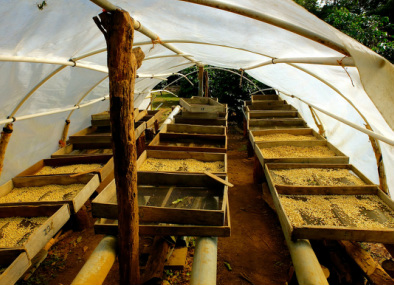 drying screens at work
drying screens at work Roasting
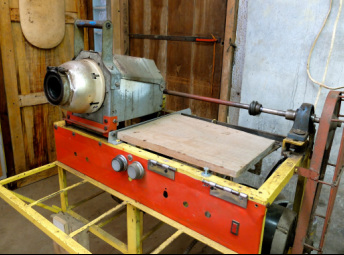 can you spot the scrap Volkswagen parts?
can you spot the scrap Volkswagen parts? 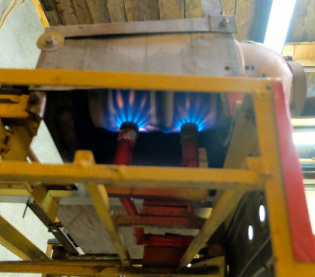 Don Alfredo's roasting contraption
Don Alfredo's roasting contraption We removed some seeds at various points during roasting, and were later able to compare the differences in flavor and aroma. According to some people much smarter than I, as coffee is roasted its oils & acids are broken down, reducing the intensity of its flavor & aroma (but smelling damn good). For this reason, lighter roasts have a more complex and stronger flavor, while darker roasts aren’t quite as bitter. All I could really tell was that my nose preferred the dark roast but my mouth liked the medium.
Enjoying
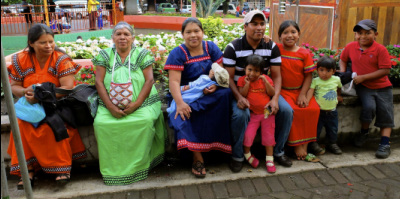 taking a break after a hard day's work
taking a break after a hard day's work As for preparing the drink itself there are many different techniques, but my favourite while traveling (due to lack of proper implements) seems to be good old-fashioned cowboy coffee brewed in the pot and filtered through my teeth (or a sock, depending on my laundry situation). How do you guys like to brew your java?
Happy brewing!
~Mandrew
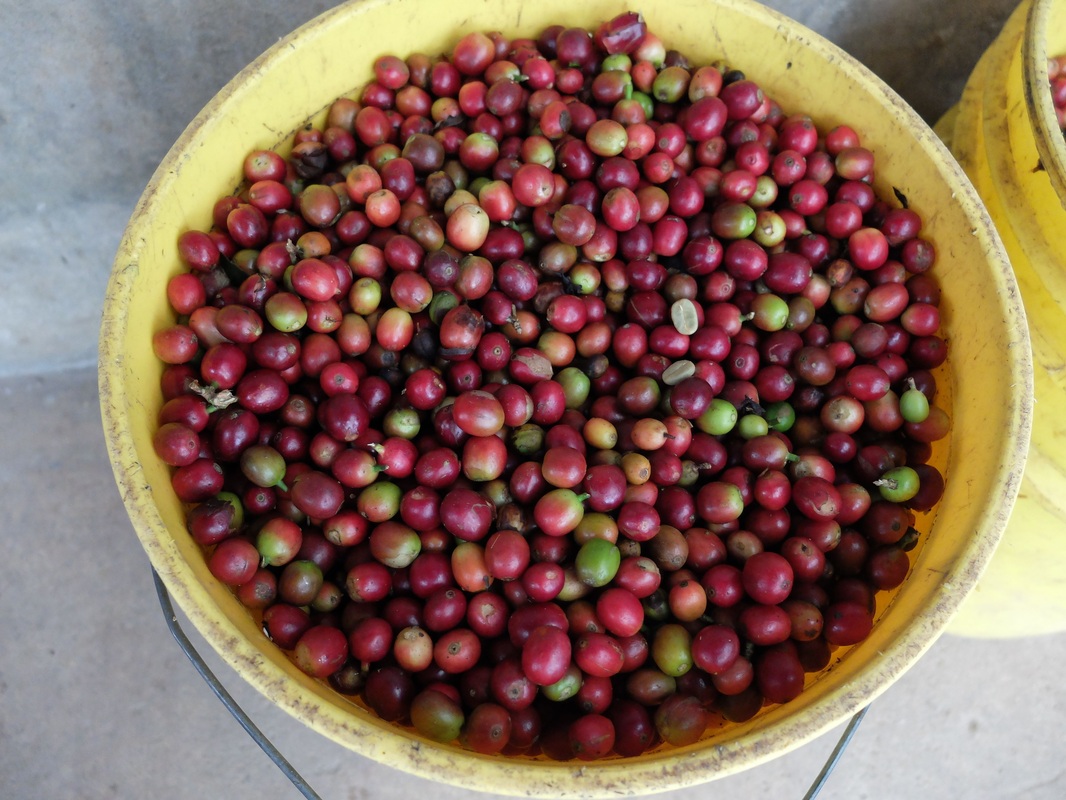
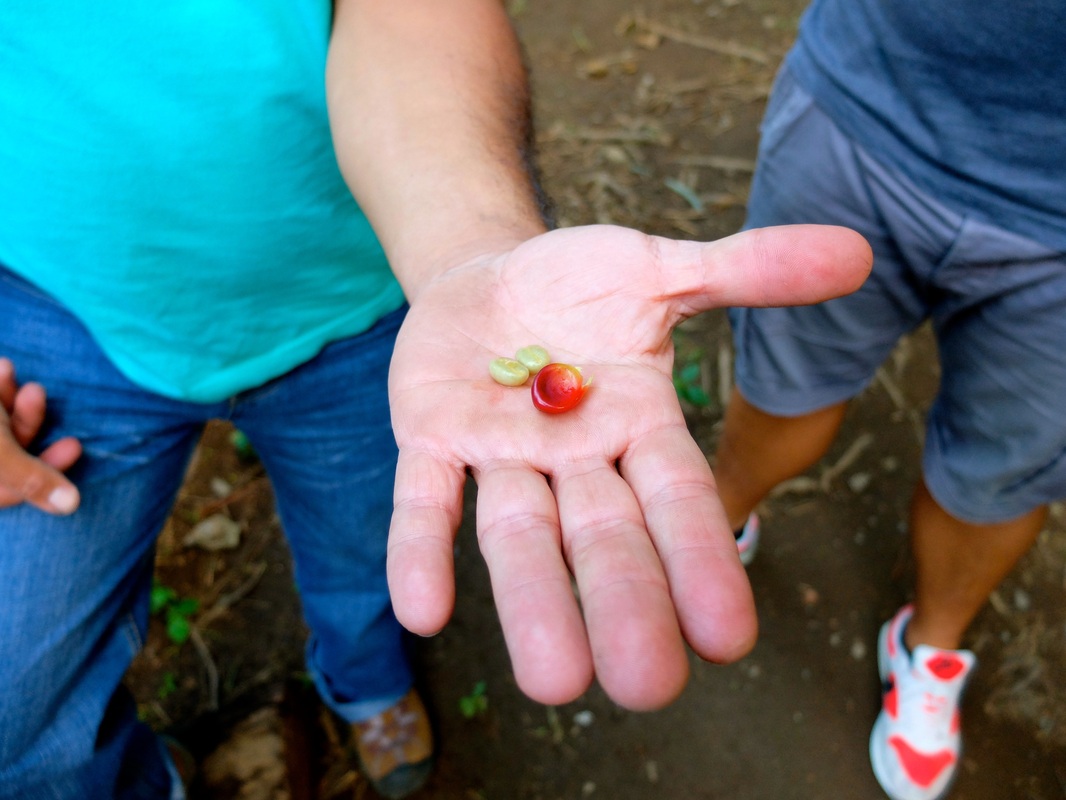
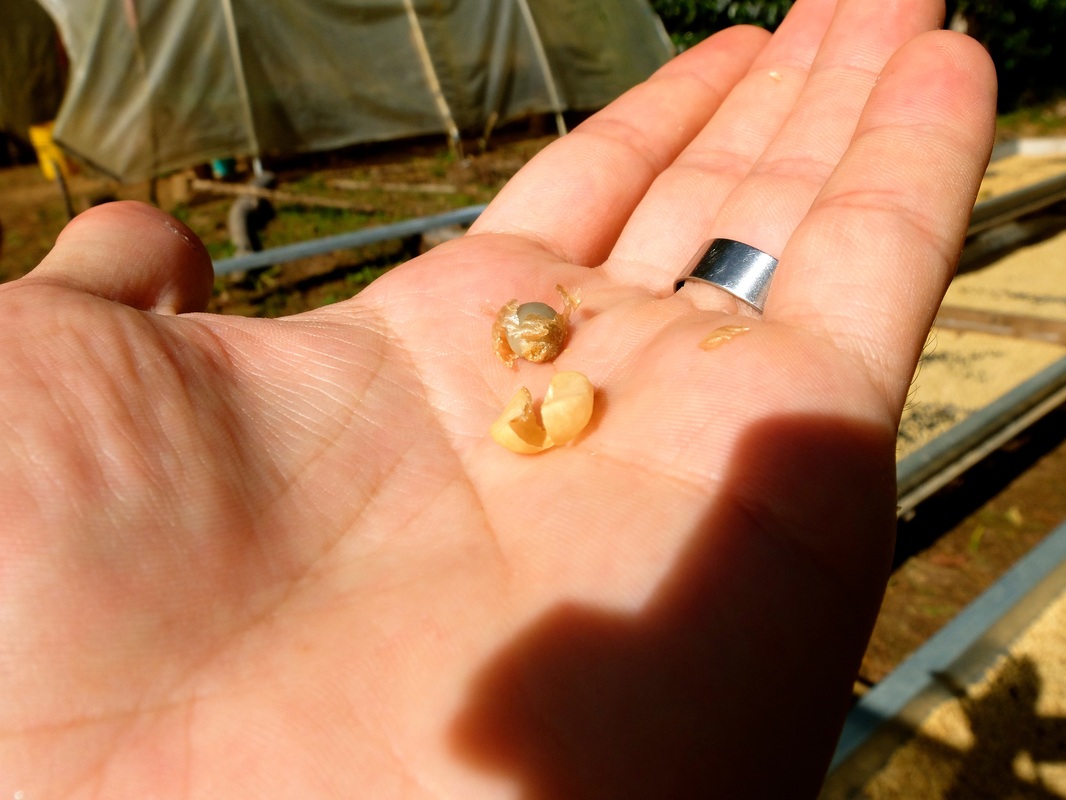
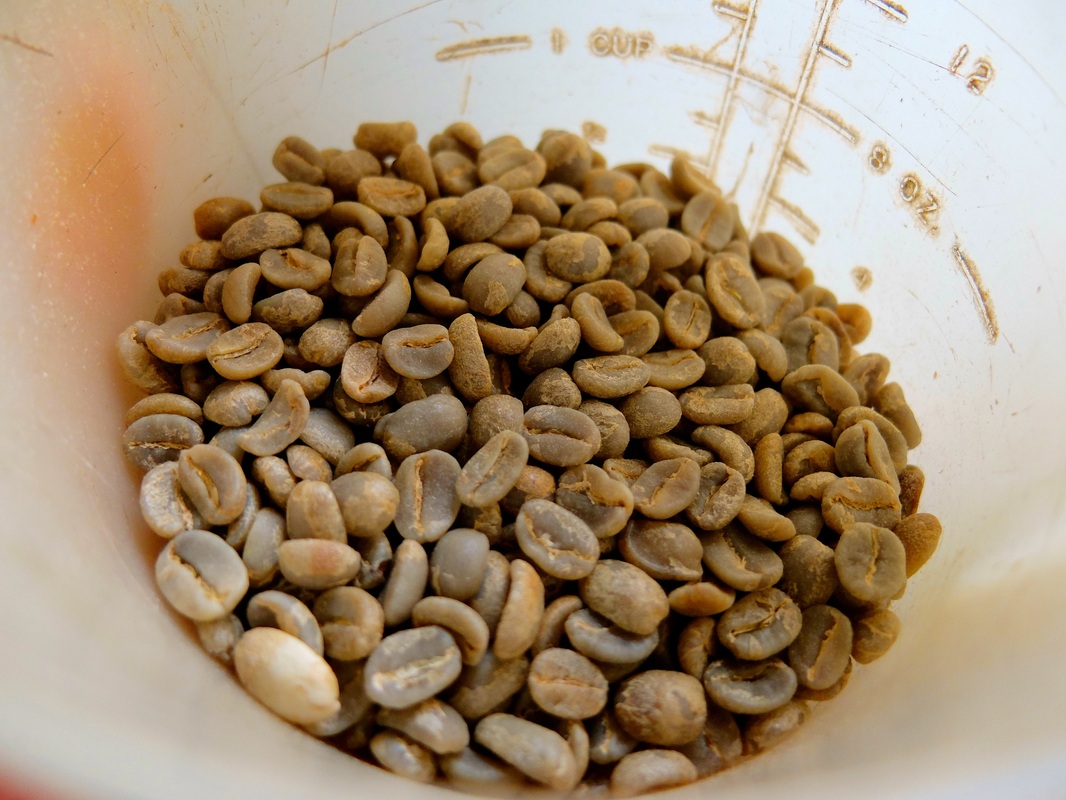
 RSS Feed
RSS Feed